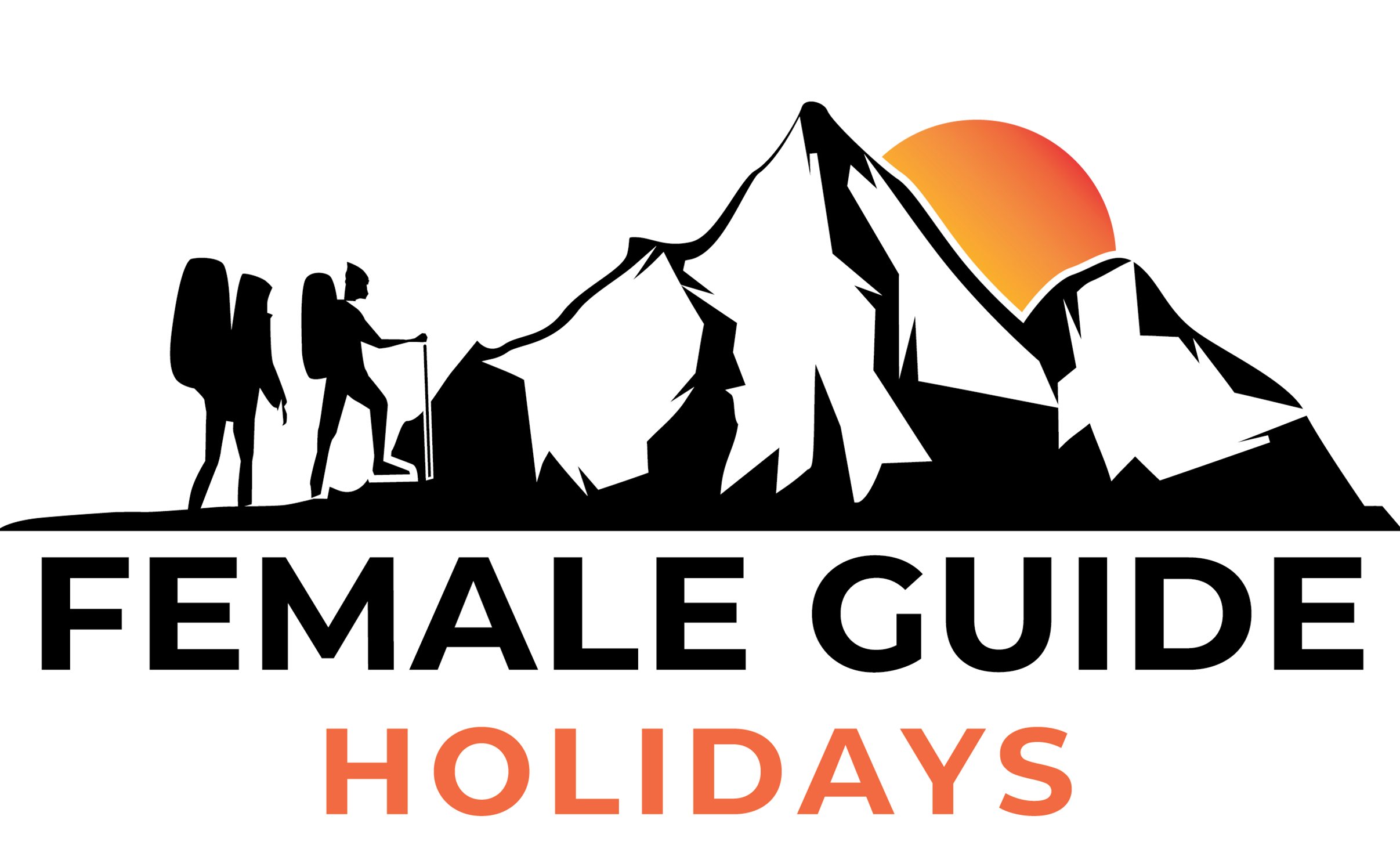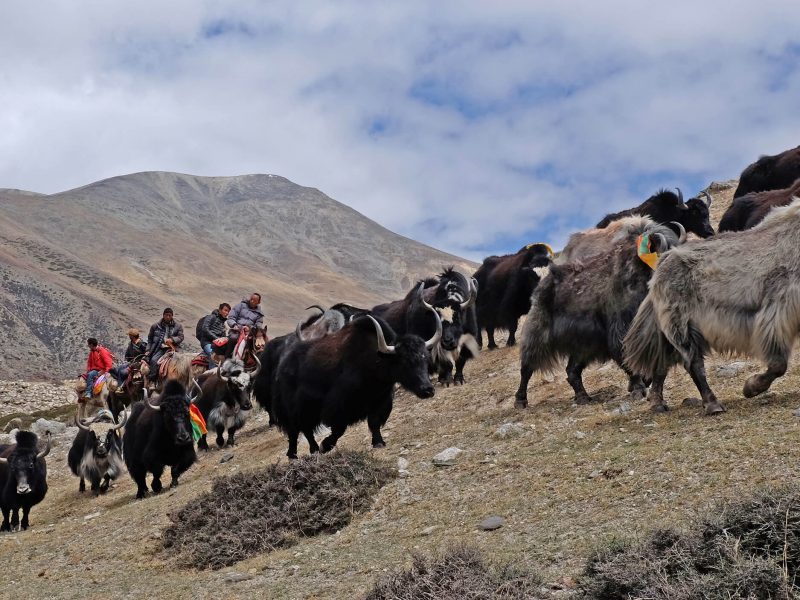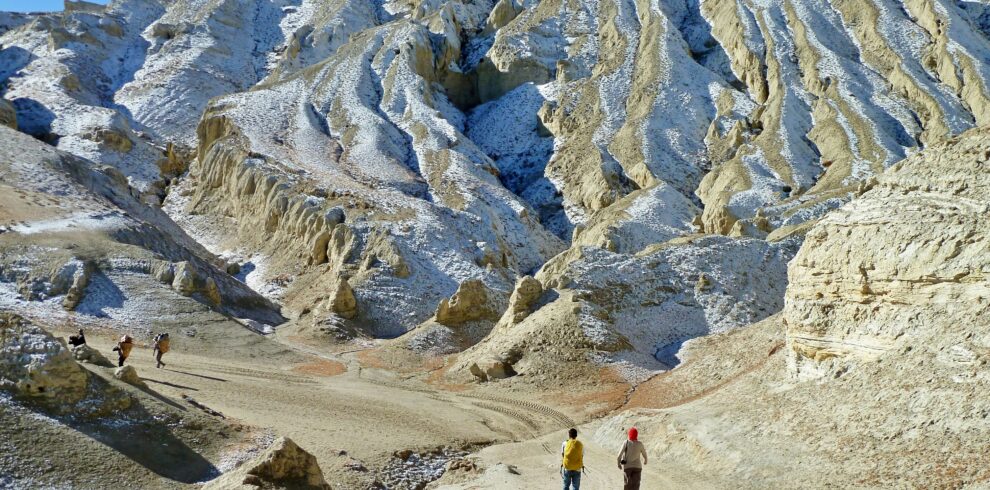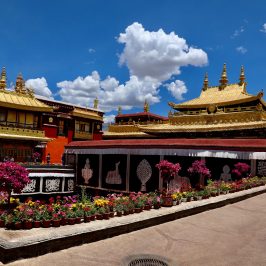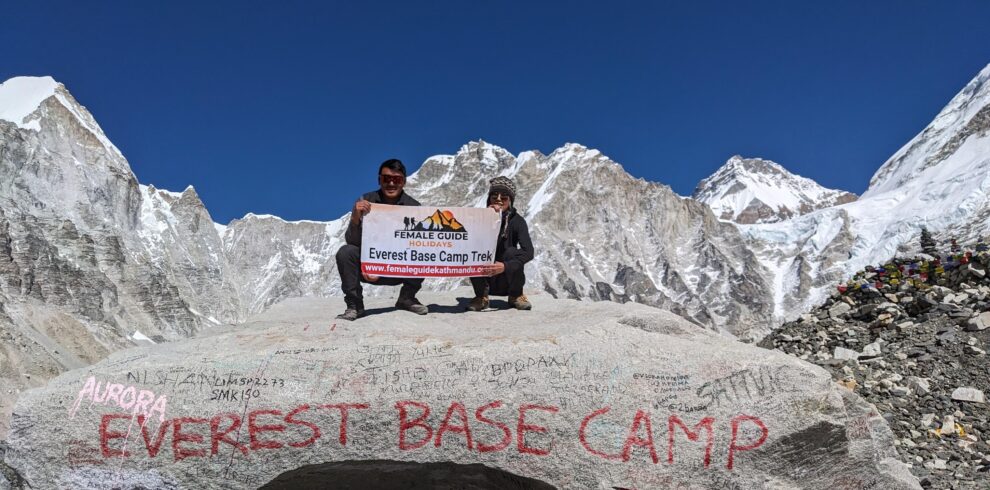Limi Valley Trek takes you across high mystical and isolated Himalayan terrain, which indeed is a culturally intensive trekking adventure that reveals the unseen side of northern Nepal.
The Limi valley trek 21-day journey explores the nomadic and authentic culture of rural communities that have gone under the radar for generations. In the dry and harsh terrains of Limi villages, Tibetan culture and lifestyle are intertwined, along with the exotic flora and fauna, the majesty of Nepal’s and Tibet’s high Himalayas is on display.
Overview
To reach Nepal’s northwestern region, fly from Kathmandu to Nepalgunj and then on to Simikot, Humla. On the fifth day, you’ll begin your trek with an easy hike towards Dharapori. Follow the Karnali river trail until you reach Kermi, a settlement primarily inhabited by the Buddhist community. As you approach Yalbang, the trail becomes increasingly secluded. The trek continues beside the Karnali River, passing past Muchu village and towards Tumkot village. If schedule allows, you can explore the area’s significant Gompas and Dzongs after that continue to Yari or Thado Dhunga, passing through a small Pani Palwang village on the path. Hilsa, Humla’s first thriving town, is reached on the tenth day of the journey.
As you go farther north, you will have opportunity to see wild animals on route towards next destination in Manipeme. From here, you enter the Limi valley and make your way to the region’s smallest settlement, Til. Following your exploration of Til, you will continue to the next town, Halji, which is the largest in the area, continue your trek towards Jang, Limi’s third settlement, to reach Chagzur Hot Spring, after a hot bath, proceed to Nyalu Base Camp via Nyalu Pass, through the remnants of the old Limi village route to Sheng Jungma. Stunning sights of Nepalese and Tibetan mountains on route to Ding village herd and can see the magnificent Zhetse valley. The incredible adventure comes to a close as you continue to Simikot, then fly back to Nepalgunj and Kathmandu.
Meals and Drinking Water:
In popular trekking areas like Annapurna, Everest, Langtang, and Manaslu have a menu system with different ethnic cuisines foods as well as western meals, but some places provide you typical Nepali meals which are different from international meals, these meals are prepared by the local supplement, every tourist lodge and tea house has a well-trained cook basically attention to clean, hygienic, fresh, and delicious foods, every lodge has safe drinking water or mineral water. If you buy a water purification tablet from Kathmandu you can take water from the tap and purify it by yourself, this will be cheaper and control plastic pollution as well.
Travel Insurance:
All clients participating in any activity must have travel insurance. Personal injury, death, hospital expenditures, repatriation fees, helicopter rescue, and any other disease covered by the insurance plan will be given. We highly advise you to acquire a comprehensive insurance plan from a trustworthy insurance company.
Passport and Visa
Every client must have a valid passport from the return date with a 6 months prior validity by the Nepalese consulate in your country or immigration office at Tribhuvan International Airport in Kathmandu.
Equipment lists
- Find the guidelines regarding essential trekking gears.
- Daypack above 40 liters. (Must be waterproof)
- Down jacket (rental available)
- Warm sleeping bag (rental available)
- Sun head, gulf cap, sunglasses, headlamp, and torchlight.
- Ear-muffs, sun Lotions/sun cream.
- One pair of liner gloves is thin wool and synthetic.
- Cotton t-shirts, Synthetic t-shirt.
- Two Long sleeve polyester or synthetic lightweight for sunny days.
- One Soft-shell jacket water & wind resist.
- One swimming dress.
- Inner cloths as your requirement.
- Liner socks, woolen socks.
- Proper trekking shoes.
- Imodium or Pepto Bismo capsules for upset stomach or diarrhea.
- Diamox for altitude sickness. The guide will help you to take it.
- One small personal-sized first-aid kit with blister treatments such as moleskin, bands, anti-infection ointments, muscle relief ointments.
